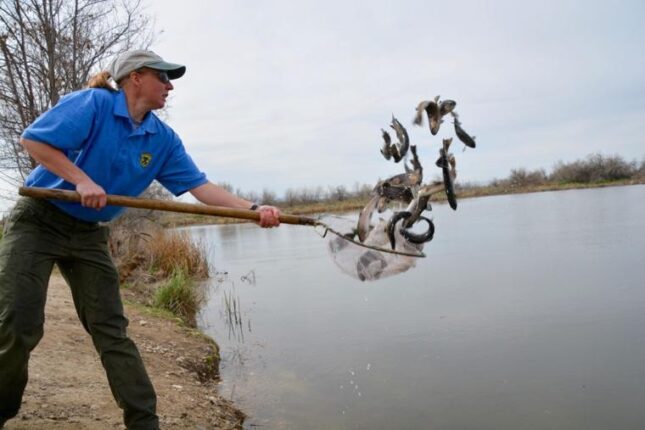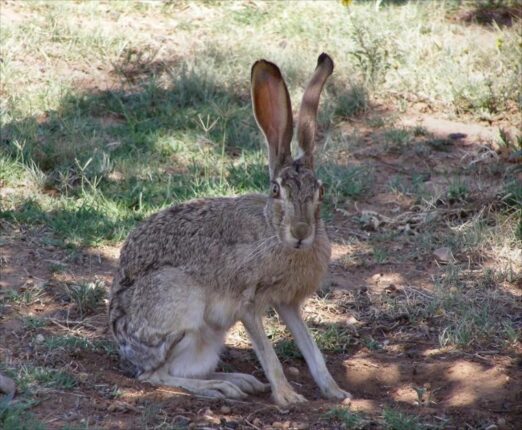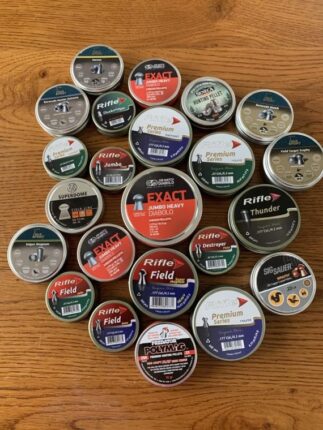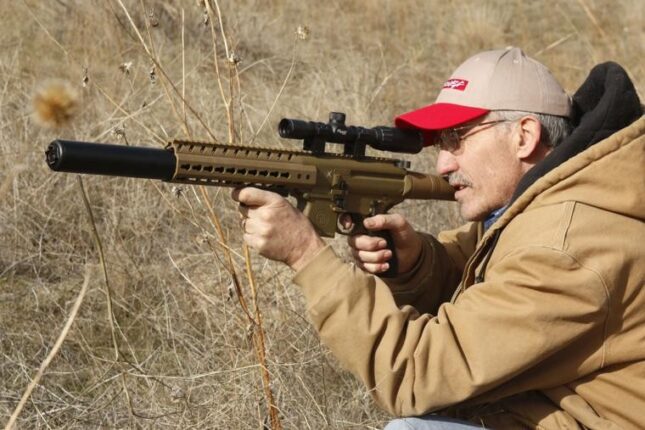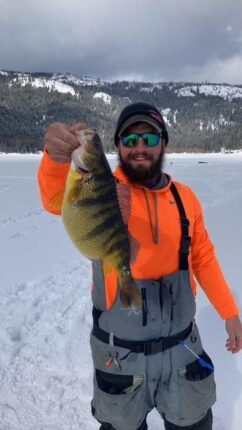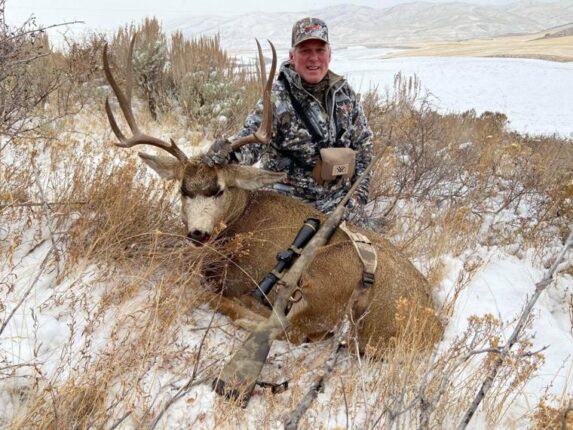This week we’re going to wrap up the four-part series on airguns. This article will be a wrap-up/summary on airguns.
If you need further convincing that airguns have hit the modern shooting world with a big splash and is not just a fizzling fad among a group of old senile bald-headed men looking for a new source of entertainment, check out the offerings at your favorite outdoor store. Or go online and look at all of the airgun offerings. I’ve heard there is a new airgun company that opened up at the old Nampa Rod & Gun Club in Nampa. I have to go check that out. Or check out Pyramyd Air, which is a large online airgun store.
Or check the true litmus paper — the free market. I test a lot of airguns, sponsored on hunts and conduct seminars by airgun companies. You’d think I knew all of the airguns companies out there but I learn of a new company every time I open a catalog. If airguns weren’t popular, then why would so many companies be jumping on the airgun bandwagon?
So let’s get started. We’ve learned that there are three good platforms to choose from.
1. CO2
2. PCP (Pre-charged Pneumatics)
3. Break barrel (BB)
They are broken down into these three classifications due to their power source. You’ll have to choose which one works best for your desired application. To help you make a decision here are my thoughts.
What I am about to say is not totally true but generally is.
1. CO2s — good to train kids. They’re not as powerful so you can set up a shooting range in your garage with the proper backstop and targets.
2. Break barrels — These are the most economical, the most powerful and a great option for hunting. If you get a mid-priced BB like the Umarex Synergis (yes, it is an under lever but I’m putting it in the break barrel category), you will have a shooter that is accurate and powerful enough for small game hunting. If you buy a BB with a magazine then you’re not digging pellets out of your pocket every shot. But, over time you will have malfunctions with the plastic magazines so you preppers may want to go with the single shot BB. Although you can still slip in a pellet by hand.
3. PCPs — are the most expensive to shoot due to the fact that you’ll need auxiliary air tanks, pay to fill them, etc. I’d suggest buying a Umarex Readyair Airgun Compressor. It’s the most economical air compressor that I’ve found. I have no doubt, in due time if you really get into airguns, that you’ll end up buying a PCP. The .25 cal. Gauntlet has an MSRP of $329.99 and has worked great for me. The Marauder has an MSRP of $539.99. But if you want to burn money you can blow up to nearly $3,000. I just can’t afford that plus, I get super groups out of the above two PCPs so I don’t know what more those expensive ones could bring to the party?
SCOPES
I didn’t touch on scopes in the other three articles. In the old days every one told you that you had to buy airgun compatible scopes, that due to the unique recoil of an airgun that they would break a regular scope. I think this applies to BBs but not the other two models. But still, to be safe check before you buy a scope for your airgun. A lot of the cheaper airguns come with cheap scopes. So you may want to upgrade your airgun scope.
Since we’ll be shooting small game with a small kill zone, you’ll want at the very least a 3-9x but a 4-16x is better. I’ve found Riton Optics scopes to be economical and yet they have a crisp view.
PELLETS
As covered in the last airgun article, if you want tight groups you have to use good pellets. JSB is the best. If you’re plinking and flinging out hundreds of pellets per day, I’ve had good luck with Crosman and Sig Sauer pellets.
SAFETY
As my daughter would say, “Dad, you’ve never been known as Captain Safety,” but despite the voices of the haters, I want to throw out one word of caution. I don’t want to make you paranoid but I think that it would be prudent to take a jug of water and periodically wash your hands since you’ll be handling lead pellets. And for sure wash before you eat or suck your thumb if you’re so inclined to thumb sucking.
I don’t have any data to support this paragraph but I think that it only stands to reason to do this.
Tom Claycomb lives in Idaho and has outdoors columns in newspapers in Alaska, Idaho, Utah, Nevada, Colorado and Louisiana. He also writes for various outdoors magazines and teaches outdoors seminars at stores like Cabela’s, Sportsman’s Warehouse and Bass Pro Shop.


